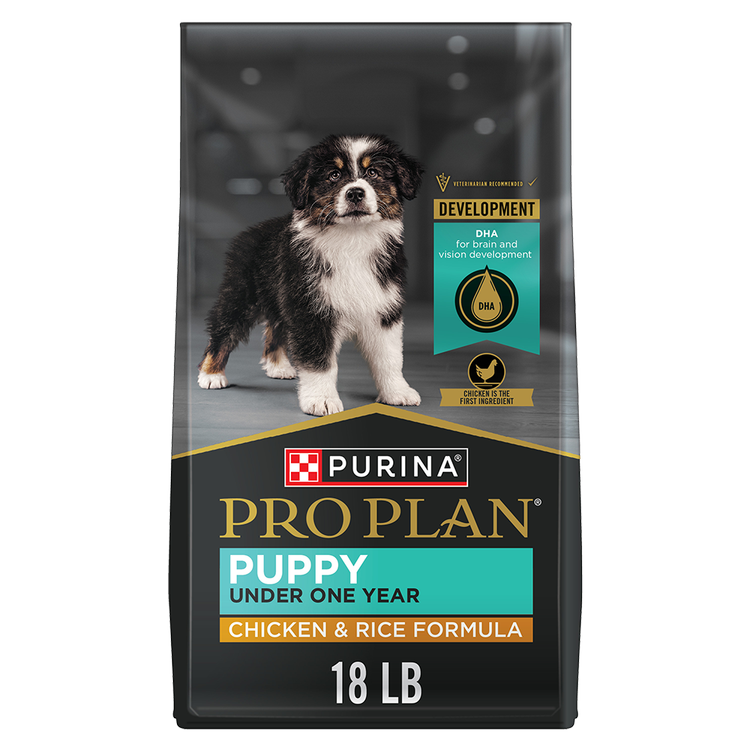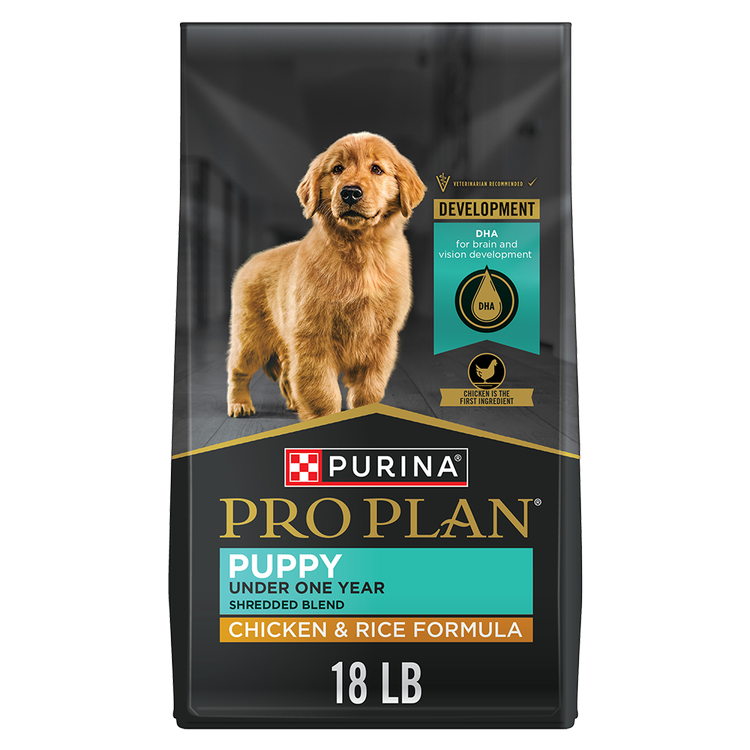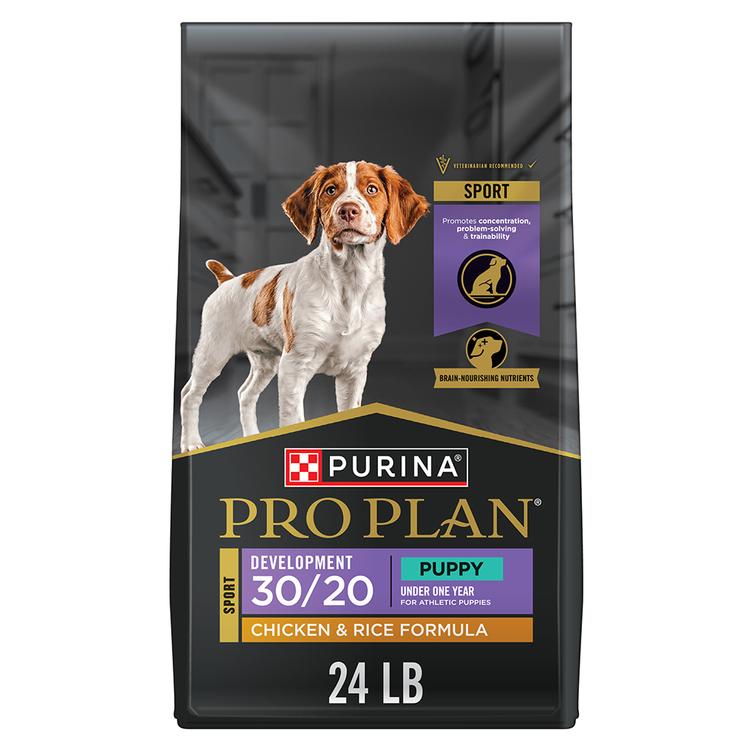Bloodhound

- Size:Large
- Height:Males – 25 to 27 inches, Females – 23 to 25 inches
- Weight:Males – 90 to 110 pounds, Females – 80 to 100 pounds
- Coat:Short
- Color:Black and tan, liver and tan, red
- Energy:Low to medium
- Activities:Hunting, Tracking, Police Work, Search and Rescue, Conformation
With his keen scent ability, the Bloodhound is used worldwide as a tracking dog in criminal searches and rescue efforts.
Temperament
The Bloodhound’s extraordinary sense of smell makes him an unequaled hunter, and finder of people who are lost or hiding.
A Bloodhound on the scent is relentless. When not following his nose, he is an affectionate and easygoing companion who enjoys the company of both adults and children.
Characteristics
Bloodhounds are members of the Hound group. The breed has a distinctive look due to abundant loose skin that hangs in deep folds around the head and neck.
Lifespan
10 to 12 years
Colors
The Bloodhound’s short coat can be black and tan, liver and tan, or red.
Shedding
The Bloodhound’s coat sheds seasonally, and requires only weekly brushing. To avoid doggy odor, this breed needs to be bathed regularly.
Health
The Bloodhound is a healthy breed, but like any large, deep-chested breed, they can be susceptible to bloat. Led by their noses, they are known for eating anything in their path—so owners need to be careful to keep things they shouldn’t ingest out of their reach.
Owners need to check daily for infection in their Bloodhounds’ ears, and wipe their dogs’ faces to keep the skin wrinkles clean and irritant-free. Bloodhounds do drool, so wiping up is also a reality of Bloodhound ownership.
Best Dog Food for Bloodhound Dogs & Puppies
Bloodhounds may benefit from a large breed dog food. For Bloodhounds who need help with weight maintenance, consider a healthy weight formula.
Bloodhound puppies should eat a large breed puppy food for their first year of life to aid in their growth and development.
History
The Bloodhound breed that we know was perfected about a thousand years ago in Western Europe.
These dogs were part of hunting packs meticulously bred by wealthy monasteries of England and France.
It was this careful maintenance of the breed’s bloodline that gave the Bloodhound its name. They were known as “blooded hounds,” which means “of aristocratic blood.”
The Bloodhound’s exceptional scenting ability has earned this noble breed well-deserved recognition as unparalleled trackers. Once he has caught the scent, the Bloodhound will tirelessly follow it to the end.
This supernatural ability to track the scent of humans has made the Bloodhound an invaluable resource for police departments and search-and-rescue operations. There isn’t a man-made scenting device that can outperform the nose of the Bloodhound.
Facts
- The Bloodhound’s name refers to the pure-blood breeding of this hound.
- Bloodhounds are such accurate trackers that they have produced evidence that has been accepted in a court of law.
- The Bloodhound is able to pick up a scent from only one or two skin cells.
- The American Kennel Club (AKC) recognized the Bloodhound breed in 1885.


